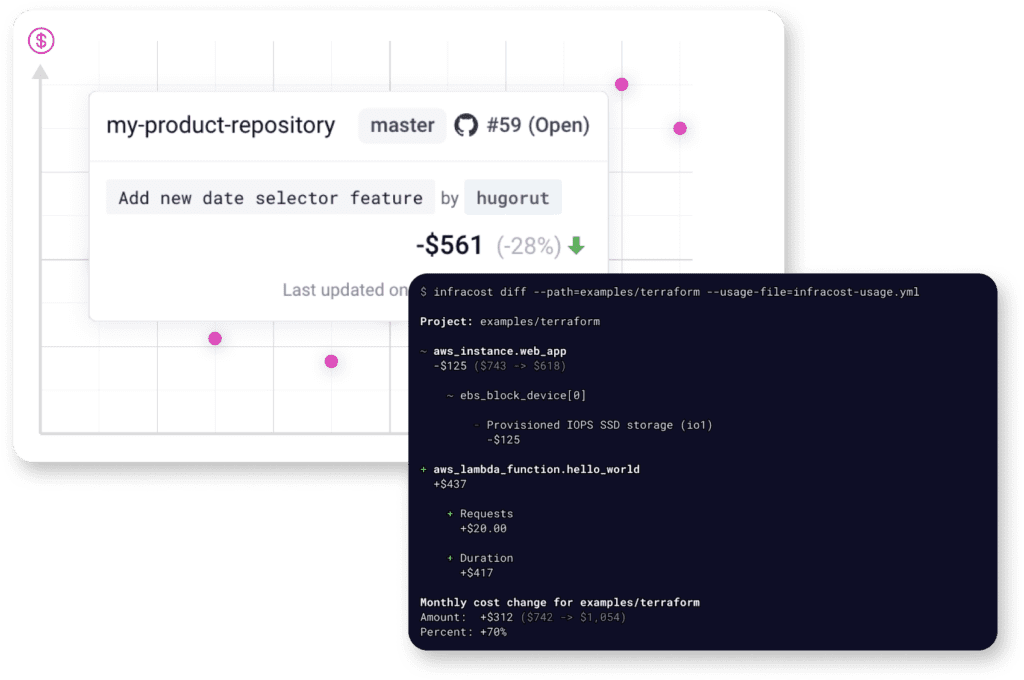Origins of Infrastructure as Code
With the rise of cloud computing and the need for rapid, reproducible, and scalable infrastructure deployments, IaC emerged as a solution. By codifying infrastructure, organizations can automate and streamline the provisioning and management of resources.
Principles and best practices of IaC
Principles and best practices of IaC include:
- Idempotence: Running the same code should produce the same result every time, ensuring consistency.
- Immutable Infrastructure: Provisioning of new infrastructure instead of changing existing resources.
- Version Control: Storing IaC scripts in version control systems to track changes and facilitate collaboration.
- Automation: Minimizing manual interventions, or overwriting for efficiency and reduced error rates.
Benefits of Using IaC
Adopting IaC offers several advantages:
- Speed: Rapid provisioning and scaling of infrastructure.
- Consistency: Elimination of configuration drift and manual errors.
- Reproducibility: Easy cloning of environments for testing or disaster recovery.
- Cost-Efficiency: Optimized resource usage through automation.
Popular IaC Tools
There are several tools that support IaC, including:
- Terraform: A cloud-agnostic tool for creating and managing infrastructure resources.
- Pulumi: A cloud-agnostic tool for creating and managing infrastructure resources.
- Cloud-specific solutions: Such as AWS CloudFormation and Azure Resource Manager (ARM) templates.
Conclusion
Infrastructure as Code represents a paradigm shift in the way we think about and manage infrastructure. As DevOps and cloud computing continue to evolve, IaC will remain a fundamental principle, driving efficiency, consistency, and scalability.
Shifting FinOps Left 👈
Put cloud costs in engineering workflows, and see the cost of upcoming code changes before resources are launched.

